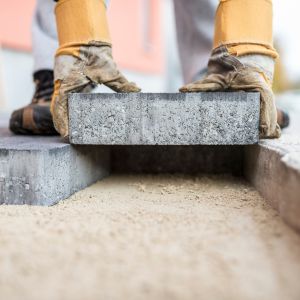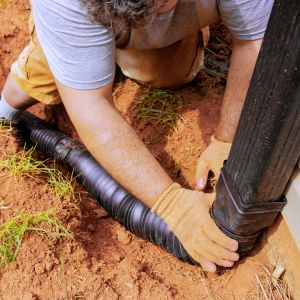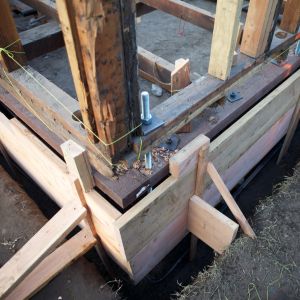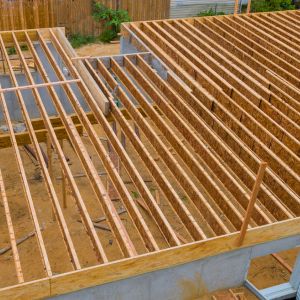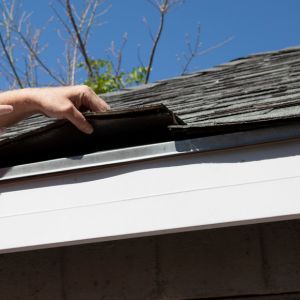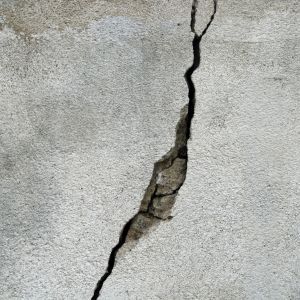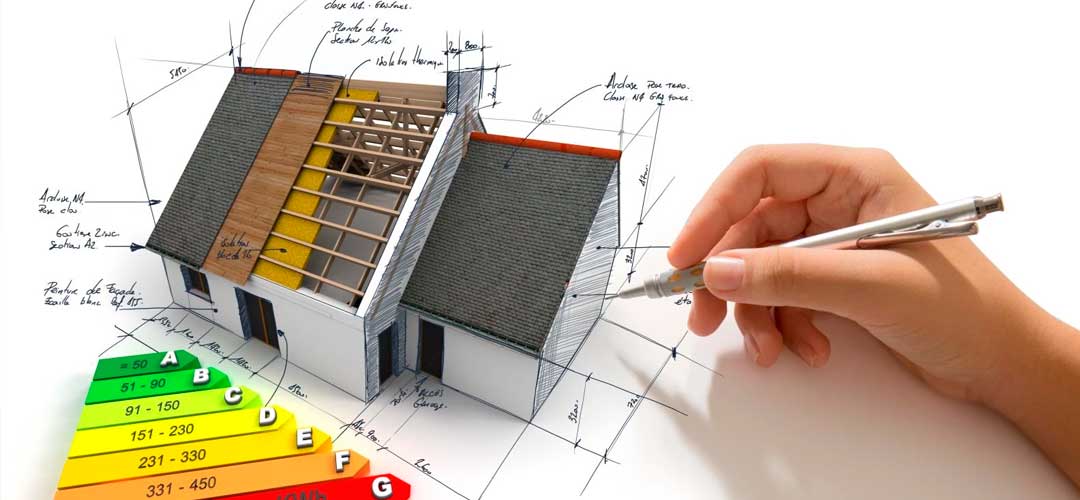Foundation repair is evolving rapidly, with innovative materials and techniques enhancing durability, efficiency, and cost-effectiveness. As structures age and climate conditions change, new technologies are addressing foundation challenges with greater precision. These emerging trends are transforming the industry by improving the longevity of repairs while minimizing environmental impact.
Cutting-Edge Materials Revolutionizing Foundation Repair
1. Polyurethane Foam Injection
Polyurethane foam injection is an advanced alternative to traditional foundation lifting techniques. This lightweight yet strong material expands to fill voids beneath the foundation, stabilizing and lifting structures without extensive excavation.
Key Benefits:
- Rapid curing time allows for same-day repairs.
- Non-invasive method requiring minimal disruption.
- Water-resistant and long-lasting.
2. Geopolymer Grouting
Geopolymers are gaining traction in foundation repair due to their strength and eco-friendly properties. These cementitious materials offer superior resistance to chemicals, reducing the likelihood of deterioration over time.
Why Geopolymers Are a Game Changer:
- Lower carbon footprint compared to traditional concrete.
- High compressive strength ensures durability.
- Improved soil stabilization properties.
3. Carbon Fiber Reinforcement
Carbon fiber is being increasingly used to strengthen cracked or bowing foundation walls. This lightweight yet extremely strong material provides reinforcement without the need for steel beams or extensive reconstruction.
Advantages of Carbon Fiber:
- Higher tensile strength than steel.
- Non-corrosive and resistant to environmental factors.
- Minimal aesthetic impact on the structure.
4. Smart Concrete with Self-Healing Properties
Self-healing concrete is an innovative material that uses bacteria-embedded technology to repair cracks when exposed to moisture. This advancement significantly reduces the risk of water infiltration and long-term structural weakening.
How It Works:
- Bacteria in the concrete produce limestone, sealing cracks automatically.
- Increases the lifespan of foundations by preventing moisture damage.
- Reduces the need for frequent maintenance and repairs.
Innovative Techniques Reshaping Foundation Repair
1. Helical Piers for Deep Foundation Support
Helical piers are replacing traditional underpinning methods due to their versatility and effectiveness in stabilizing sinking foundations. These screw-like steel shafts are drilled deep into stable soil layers, providing a secure anchoring system.
Why Helical Piers Are Gaining Popularity:
- Ideal for both residential and commercial applications.
- Minimal disturbance to landscaping and existing structures.
- Immediate load-bearing capacity ensures quick stabilization.
2. Pressed Pile Systems for Settlement Correction
Pressed pilings involve driving precast concrete or steel sections deep into the ground until they reach stable soil. This technique is particularly useful for lifting and leveling foundations affected by settlement.
Key Features:
- No need for curing time, unlike poured concrete piers.
- Provides long-term stability with deep anchoring.
- Cost-effective and efficient installation process.
3. Micropiles for Restricted Access Foundation Repairs
Micropiles are a cutting-edge solution for stabilizing foundations in areas with limited space or difficult soil conditions. These slender piles are drilled into the ground using high-pressure grouting to create a secure foundation support system.
Advantages of Micropiles:
- Suitable for sites with overhead restrictions.
- Works well in seismic-prone regions.
- High load-bearing capacity despite small diameter.
4. Soil Stabilization with Chemical Injection
Chemical grouting is an advanced technique used to enhance soil stability beneath foundations. Special polymers or resins are injected into the ground to strengthen loose or shifting soils, preventing further settlement.
Benefits of Chemical Soil Stabilization:
- Provides a cost-effective alternative to traditional underpinning.
- Reduces excavation needs, preserving landscaping.
- Improves load distribution for long-term stability.
The Role of Smart Technology in Foundation Repair
1. IoT-Enabled Foundation Monitoring Systems
Internet of Things (IoT) technology is revolutionizing foundation maintenance by enabling real-time structural monitoring. Sensors embedded in foundations track movement, moisture levels, and temperature changes, allowing homeowners to detect issues before they escalate.
Key Features:
- Wireless sensors provide continuous foundation data.
- Early warning systems help prevent costly repairs.
- Remote monitoring reduces the need for frequent on-site inspections.
2. 3D Scanning for Precision Diagnosis
Advanced 3D scanning tools provide accurate structural assessments, allowing engineers to detect foundation issues with pinpoint accuracy. This technology enhances repair planning by offering detailed visualizations of underground conditions.
Why 3D Scanning Matters:
- Identifies hidden foundation weaknesses.
- Reduces diagnostic errors and unnecessary repairs.
- Improves efficiency in designing stabilization solutions.
Sustainable Practices in Modern Foundation Repair
1. Eco-Friendly Repair Materials
The shift towards sustainability has led to the adoption of low-impact materials, such as fly ash-based concrete and recycled aggregates, which reduce environmental impact while maintaining structural integrity.
2. Minimal Excavation Techniques
Many emerging foundation repair methods minimize excavation, preserving natural landscapes and reducing waste. Techniques like polyurethane foam injection and chemical grouting eliminate the need for large-scale soil displacement.
3. Renewable Energy-Powered Equipment
Foundation repair companies are integrating solar-powered machinery and energy-efficient tools into their operations, lowering their carbon footprint and improving sustainability.

